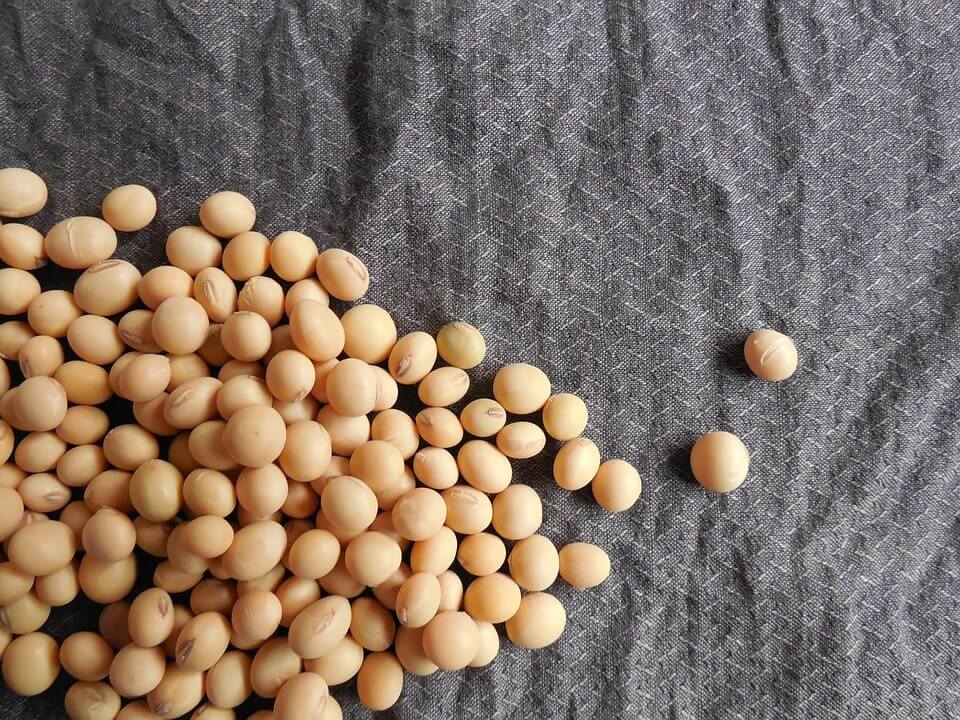Business
Agriculture industry anticipates upcoming USDA report
With the weather being friendly, reports of US Quarterly Grain Stocks look promising. Corn and soybeans are pushing for hopeful prices and a bullish market.

Starting off the already shortened marketing week, many are anxiously waiting the USDA’s kick off to planting season with their Prospective Planting estimates as well as the March 1st Quarterly Grain Stocks.
Corn stocks at face value are appearing mostly bearish. The average trade estimate of 8.703 billion bushels, if realized, will be a new record for March 1st after a record large December 1st 12.516 billion bushels. However, that would equate to a drawdown of 3.813 billion bushels. This compares to last year’s drawdown for the same period of 3.761 billion while export shipments are running behind last year by 27%!
Low prices are the best cure for low prices in the form of new demand and new demand has been building during these hard economic times of. Since just 2015/16, feed and residual demand has risen by more than 400 million bushels with ethanol up roughly 350 million bushels. Then tack on growing exports, albeit lower global market share, but still growing export volume has helped chip away at a massive corn reserve both globally and domestically.
Then, not to be excluded or over looked is the fact that average trade is expecting US corn acreage to fall to 89.420 million acres. With an already reduced crop in South America combined with growing demand and less production in the US; the corn market could have a story in the works – or at least a reason for the market to remain supportive until we get into our own growing season. The biggest threat to corn may come from soybeans.
The average trade is estimating a quarterly draw down of 1.127 billion bushels to 2.030 from the December 1st record of 3.157 billion bushels. Nearly on par with last year’s drawdown of 1.160 billion bushels but acreage is a very different story – and yet to be seen if real. If demand doesn’t pick up above last year we may be looking at a 550-600 million bushel carryout for 17/18 marketing year. With so much expected higher production from the US, export demand may be the only item on the balance sheet that could move enough to make a difference. With sales currently 7% behind last year and shipments 12% behind last year’s pace, soybeans will be in dire need of new business.

In last year’s Quarterly Grain Stocks, although soybean complexes reflected higher prices, the corn market was able to surpass this ordeal and sold more. (Source)
Any bullish tendencies for corn will be hampered if the bears take control of the soybean complex but that doesn’t mean it can’t happen. Last year’s reports, while bearish for soybeans with stocks 51 million bushels above the average trade estimate and acreage 1.27 million above the average trade; corn was still able to feed the bulls with their own higher than expected stock number. Can last year’s reaction be a hint for what is to come?
Market action leading into the end of March has been some-what similar. Strength early in the month and followed by at 25’6 cent pullback in the December contract before posting a monthly low four days prior to the USDA reports (Friday’s monthly low was five days prior to report and the pullback was 20’4 cents). This ultimately led to a bullish report day with December trading back up to a daily high of 390’0. Then with help from adverse weather the market was eventually able to push to a calendar year high of 417’2 in July.
If soybeans will be the leader for direction this year, last year’s bearish reaction was mellowed by the fact that soybeans spent the entire month sliding lower by the tune of nearly 80 cents. This year, the November contract has slide less than 20’0 and is trading roughly 1 dollar above the market this time last year.
The soybean complex is my largest point of concern heading into Thursday. Weather issues in South America have been very supportive but weather events are often short lived and without a substantial increase in export demand, both row crops will remain buried in large supplies. Given the fact that managed money is estimated 129,000 contract longer in soybeans then they were this time last year, a reminder of inventories could be a spark for long liquidation as we head into planting season.
It is great to see bullish optimism building for prices but we must be careful not to get blinded by this renewed sense of hope. South American production will be key to final US exports but the possibility of another good crop in the US remains and trade war headlines continue to keep investors on edge.
—
DISCLAIMER: Trading commodity futures and options involves substantial risk of loss and may not be suitable for all investors. You should carefully consider whether trading is suitable for you in light of your circumstances, knowledge and financial resources.

-

 Biotech1 week ago
Biotech1 week agoBiotech Booster: €196.4M Fund to Accelerate Dutch Innovation
-

 Business5 hours ago
Business5 hours agoThe TopRanked.io Weekly Affiliate Marketing Digest [The Top VPN Affiliate Programs Roundup]
-

 Crypto1 week ago
Crypto1 week agoBitcoin Traders Bet on $140,000: Massive Bets until September
-

 Crypto2 weeks ago
Crypto2 weeks agoCaution Prevails as Bitcoin Nears All-Time High

























You must be logged in to post a comment Login